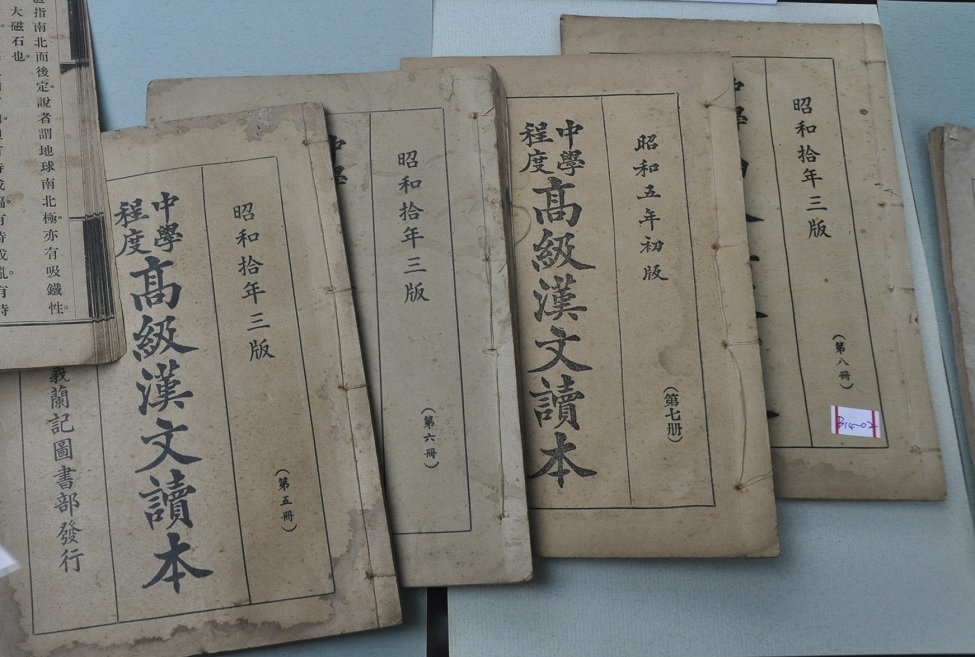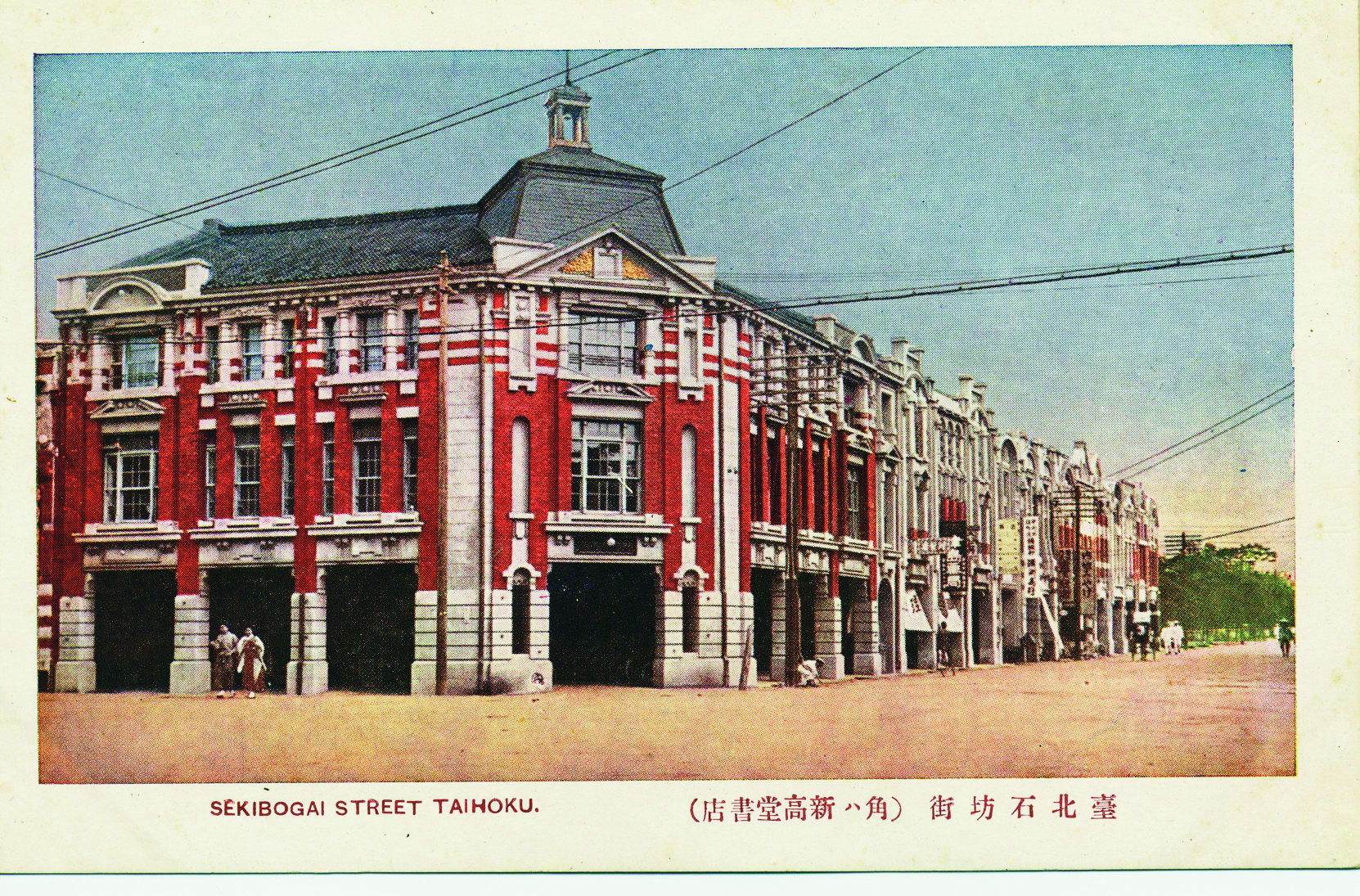Just finished my third book of the year--Catherine Lila Chou and Mark Harrison's Revolutionary Taiwan: Making Nationhood in a Changing World Order. I think it provides a good introduction to Taiwan's complicated place in the world today, including some historical background for that place--or its "out of place"-ness, as they describe it.
They begin with a description of what vote-counting is like in Taiwan--a description that was depressing to me when I think about how impossible such an open and peaceful vote-counting would be in the USA. (Although I was there in 2004 when the response to Chen Shui-bian's victory was not particularly peaceful. Who can forget Chiu Yi's attack on the Kaohsiung District Prosecutor's Office?) The vote-counting is symbol of Taiwan's maturing (mature?) democratic process, but as the authors demonstrate, this democratic process is happening in the context of a precarious state of existence. (I'm surprised there's not yet a book about Taiwan entitled Precarious State--get to work, people!)
One part of the book that I especially liked was their "close reading" of Taipei City's martial-law-era road-naming practices. Not that familiar with Taipei, I didn't realize that someone had actually laid a map of China over a map of the city to figure out what to rename Taipei's streets. (This part of the book reminded me of the article about TV cooking shows in Taiwan that I read a few years ago--particularly the part about Fu Pei Mei. I see there's a new book about her, too.)
The book ends, interestingly, with an epilogue that introduces a critique of dominant--and parochial--Taiwanese attitudes toward Indigenous Taiwanese and "new Taiwanese" immigrants and foreign laborers, arguing that this parochialism needs to be overcome in order for Taiwan to really move beyond being seen as a "Chinese democracy." As they conclude, "the choice to cultivate a more diverse and eclectic national community today--one that will extend Taiwan's connections to communities and countries around the globe--lies with the people of Taiwan" (p. 159).
Around the same time that I finished Revolutionary Taiwan, I got my copy of Taiwan Travelogue in the mail. I decided to read this award-winning novel next. I have already finished the first chapter, and I'm loving it! (It makes me hungry, though--so much about Taiwanese food!)





